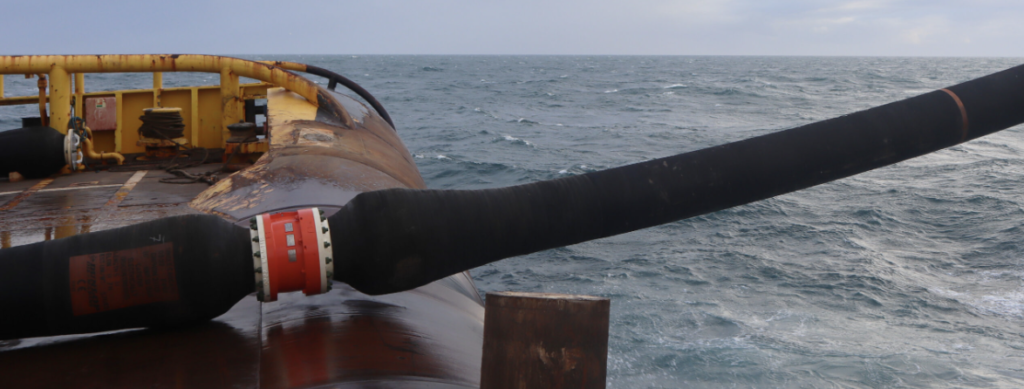Installing and using marine breakaway couplings can provide important safety benefits for ships, their crews, and the environment.
A breakaway coupling is a specialised device designed to reduce the risk of damage from fuel spills in the case of an accidental separation between a tanker and its shore-side connection. This type of coupling is designed to quickly detach and minimise fuel leakage in the event of a collision or other incident. By using this technology, operators can reduce the chance of environmental damage caused by fuel spills and ensure the safe operation of their vessels.
In this article, we will look at some of the key benefits associated with installing and using marine breakaway couplings.
Definition of Marine Breakaway Couplings
A marine breakaway coupling is a specialised device used to reduce the risk of fuel spills in the case of an accidental separation between a tanker and its shore-side connection. This type of coupling consists of two half-couplings connected by a breakaway arm. In the event of an incident, such as a collision or other impact, the breakaway arm will detach, allowing the tanker to safely drift away from its shore-side connection and prevent fuel spills.
How do marine breakaway couplings work?
A marine breakaway coupling consists of two half-couplings connected by a breakaway arm. In the event of an incident, such as a collision or other impact, the breakaway arm will detach, allowing the tanker to safely drift away from its shore-side connection and prevent fuel spills. The system works by sensing the force of an impact and releasing itself when a predetermined level of force is reached.
What are the different types of marine breakaway couplings
In principle, there are two main types of marine breakaway couplings: automatic and manual. The main difference between the two is primarily that automatic marine breakaway couplings will disconnect the fuel line in the event of any collision or issue. Whereas a manual breakaway coupling would need the driver to disconnect the fuel line. In theory, Automatic breakaway couplings offer the most protection whilst manual breakaway couplings offer more control.
Different marine breakaway couplings are also designed for specific transfers. Some specialise in the transfer of heavy products such as crude and heavy fuel oil. Whereas others are designed for the transfer of low-viscosity products such as kerosene, oil and diesel.
Overview of Benefits of Using Marine Breakaway Couplings
The primary benefit of using marine breakaway couplings is the increased safety and protection they provide.
Safety and Environmental Protection
By detaching in the event of an incident, these couplings help to minimise fuel spills and reduce potential environmental damage. This is especially important for areas that are sensitive to marine pollution.
Marine breakaway couplings also provide added safety for crew members, who may be exposed to hazardous conditions caused by fuel spills or other impacts. Alongside this, they can prevent serious accidents from occurring. For instance, if fuel leaks into the engine compartment, it could cause a major incident such as a fire or explosion.
Cost Savings
Installing and using marine breakaway couplings can also help to save money in the long run. These devices are designed for quick detachment, meaning operators spend less time dealing with fuel spills and more time running their vessels. Additionally, since these couplings require little to no maintenance, they can help reduce operational costs over time.
Marine breakaway couplings also can help to avoid any costly repairs. For example, the rupturing of a fuel line can lead to the entire fuel system needing replacement. This of course is very expensive. They also help to reduce risk to any capital equipment such as the hose string, shuttle tanker or barge manifold. Thus, marine breakaway couplings can mitigate any issues that may arise.
Conclusion
Marine breakaway couplings offer many benefits of installation and application. They can provide the utmost safety by being installed into hose transfer systems.
Using marine breakaway couplings, ensures the top level of safety in oil transfers whilst also saving money on any costs that may be incurred from potential damage or repairs.
Shirley Mist has been involved in fashion and design for many years. She has also written extensively for many online publications. She currently writes for The Tribune World and is a valued member of our team.
